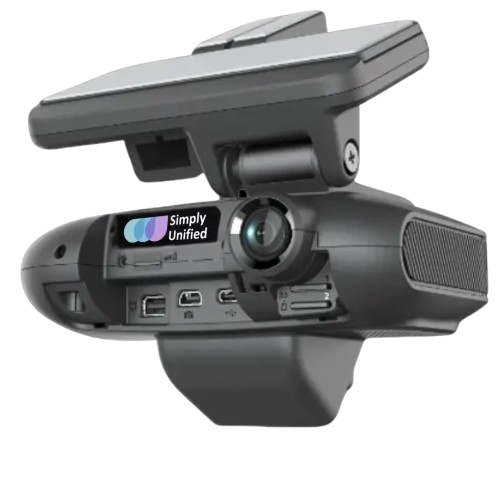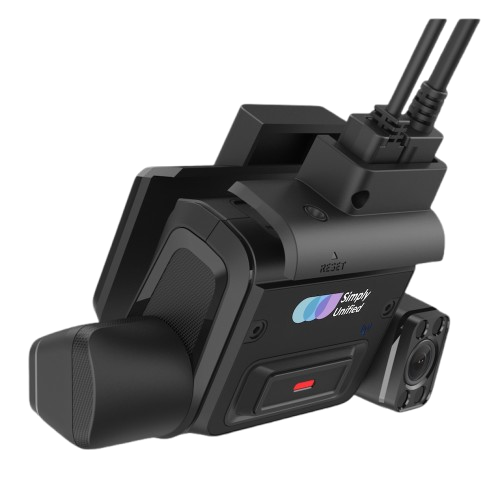Why Our Solution Stands Out?
Unlike traditional tracking systems, our video telematics solutions offer a dynamic combination of visual and data-driven insights. By capturing real-time footage and integrating it with telematics data, fleet managers gain a holistic view of operations, enabling them to identify and address issues promptly.
Our user-friendly platform ensures easy access to live and recorded videos, while advanced analytics provide actionable insights to improve driver behaviour and vehicle utilisation. With scalable options tailored to various business needs, our solution enhances operational efficiency and asset security, giving businesses peace of mind and full control over their fleets.
Choose Your Plan
| Feature | Standard | Advanced | Pro |
|---|---|---|---|
| Mobile DVR | |||
| Extended duration event video storage | |||
| Harsh Braking | |||
| Harsh Acceleration | |||
| Harsh Cornering | |||
| Forward collision warning | |||
| Lane drift and lane departure warning | |||
| Over-speeding warning against posted speed limits | |||
| STOP sign violation warning | |||
| Driver distraction warning | |||
| Face based driver verification and recognition | |||
| Driver drowsiness warning |


